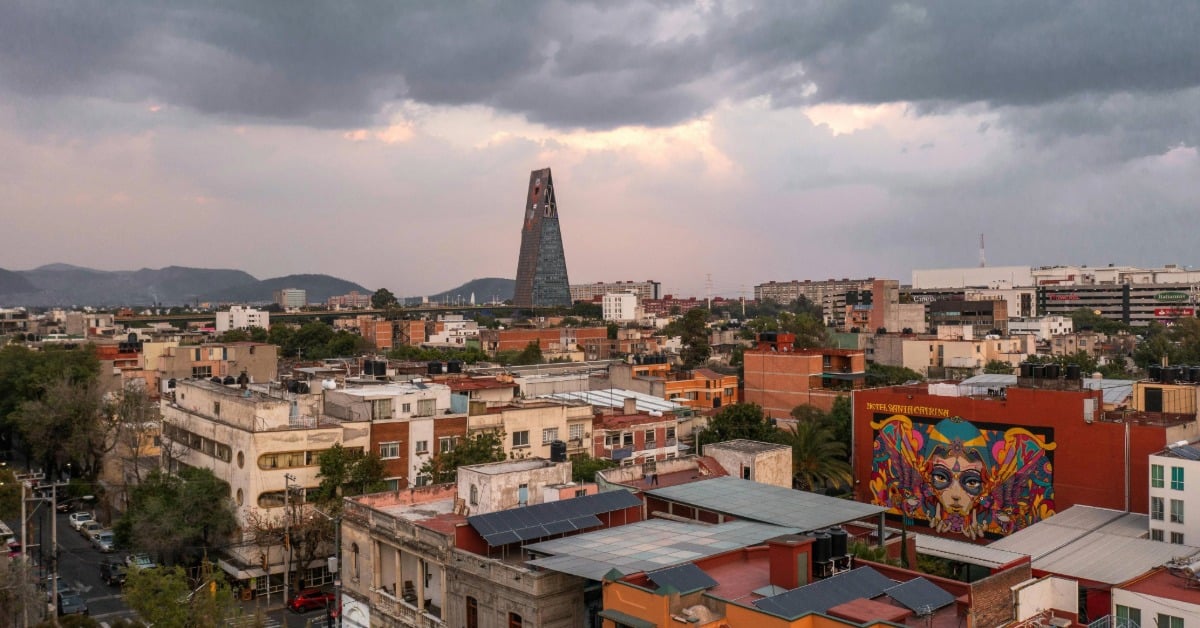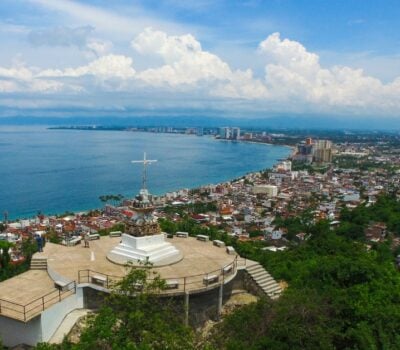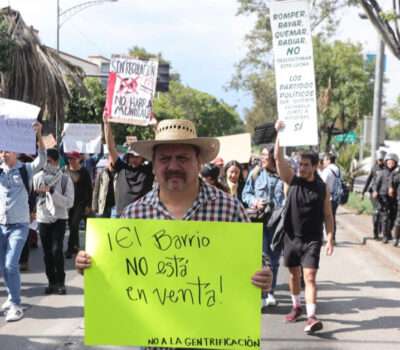Mexico City - In a bid to make housing more accessible, the CDMX zero-interest housing credit program has been announced. Mexico City’s government is now offering interest-free home loans to low- and middle-income residents.
The capital’s Institute of Housing (INVI) officially rolled out a new program on July 29, 2025, called “Vivienda en Conjunto” (Collective Housing Program), which provides 0% interest credits for a variety of housing needs. Mexico City Mayor Martí Batres (who assumed duties after former Mayor Sheinbaum became President) highlighted the program as a innovative strategy to spur the construction of affordable homes and support those who have been priced out of the market.
Under the scheme, qualified applicants can obtain interest-free financing directly from the INVI for building a new home on owned land, purchasing an existing home, or renovating and expanding their current dwelling. The loans are essentially inflation-indexed but charge no additional interest – meaning borrowers pay back only the principal (adjusted minimally for inflation/UMAs). “It’s like borrowing from a relative who doesn’t charge interest,” an INVI spokesperson explained. Who is eligible? Mexico City residents who do not already own a home in the city, are at least 18 years old, and have a household income under roughly 5 times the minimum wage (around 10,000 pesos monthly individually, or up to 8 times minimum wage as a family) qualify. Priority will be given to families, single mothers, the elderly, and persons with disabilities living in precarious conditions.
CDMX Housing Credits
The credit amounts range from MXN $180,000 up to $600,000 pesos (approximately USD $10k–$33k), depending on the project and income level. For example, someone looking to build a basic house on their plot can get a larger loan, while those seeking to do minor home improvements would get a smaller one. The loans can be repaid over periods up to 20 years. Notably, if a borrower’s income is very low, the INVI often offers a grace period or partial subsidy. The WordPress slug for the program is “creditos-cero-intereses-vivienda”, reflecting the zero-interest aspect.
Program Details and Application: Registration opened in late July and runs through August. Applicants must schedule an appointment on the city’s portal (citas.cdmx.gob.mx) to submit paperwork at an INVI office. Required documents include ID, proof of residence, proof of income, and if applicable, evidence of land ownership or the property they intend to buy. The focus keyphrase “creditos sin intereses INVI” has been trending among citizens as people seek information on how to apply. According to INVI Director Alma Hidalgo (who authored a press release on the topic), demand is high: within the first 48 hours, over 5,000 people initiated the process online.
Tackling housing unaffordability and gentrification
This CDMX zero-interest housing credit program is part of Mexico City’s broader effort to tackle housing unaffordability and gentrification. In recent years, soaring rents and real estate prices – partly due to an influx of remote foreign workers and Airbnb – have squeezed locals. The new mayoral administration has launched related measures like rent subsidies for vulnerable groups and converting under-used government land into housing. The zero-interest loan program specifically incentivizes “social production of housing,” meaning collective or self-built projects. For instance, a group of families co-owning a plot can jointly build a small apartment building with these loans, each family taking a unit – a model that INVI has supported historically, now supercharged by the absence of interest.
Reactions: Housing advocates largely applaud the program. “Access to credit has been a barrier for many low-income families, because even a low-interest loan accrues a lot over time. Zero interest is a game-changer,” said José Castro of Habitat MX. He noted that eliminating interest could save borrowers tens of thousands of pesos, effectively acting as a subsidy. The focus keyphrase “CDMX crédito vivienda cero intereses” trended on local social media as people shared the news and personal stories of housing struggles. Many expressed hope that this could finally allow them to move out of deteriorating or overcrowded homes. However, some caution that funding needs to be sufficient. The city has allocated an initial 1.2 billion pesos to the program, enough for roughly 3,000 loans. If demand far exceeds that, there could be waiting lists.
Zero-interest loans are sustainable
Real estate analysts also point out that zero-interest loans are sustainable only because INVI is government-funded, and the program’s success will depend on loan repayment rates (since the capital essentially recycles for future loans). INVI has historically had reasonable collection rates due to careful vetting and because beneficiaries truly value the housing. The institute also secures the loan against the property title to protect public funds.
One early beneficiary, Mrs. Guadalupe Martínez, 60, shared her joy: “I’ve lived in a informal dwelling for years because I couldn’t afford a mortgage. I’ve been approved for a $250k (peso) loan with no interest – I will finally build a little house on my daughter’s land. I can’t stop smiling.” Such testimonies underscore the tangible impact policymakers aim for. The meta description of the program highlights how it can “expand affordable housing in the capital,” which is a pressing need as studies show Mexico City has a deficit of over 100,000 affordable homes.
Model might be expanded or emulated in other states
Implications: If successful, this model might be expanded or emulated in other states. Already, the federal housing fund Infonavit has some interest-free components for the lowest-income tier, but a full zero-interest city-run program is novel. In the short term, it could boost the local construction sector (more demand for materials and labor) and improve living conditions for thousands. Over the long term, city officials hope it helps maintain socio-economic diversity in neighborhoods by enabling residents to stay and build rather than being pushed out by gentrification. The initiative is also politically salient – delivering concrete improvements in people’s lives – as the city heads into local elections in 2026.
For now, Mexico City’s interest-free housing credit program represents a bold step to address the housing crunch. By removing interest, the city is essentially investing in its residents’ stability. The coming months will show how far that investment goes in transforming the urban housing landscape.












